Vintage Power Centers in Texas Offer Fresh Opportunity
JLL's Erin Lazarus on an investment thesis strongly supported by market data.

In the evolving commercial real estate landscape, vintage Texas power centers built between 1980 and 2000 represent an exceptional value proposition that savvy investors are increasingly targeting. These established retail properties offer a rare combination of historically low vacancy rates, below-market rents and significant upside potential when anchor tenant lease options expire.
Analysis of Class A power center performance across Texas markets reveals extraordinary occupancy statistics that underscore the fundamental strength of these 1980 to 2000 vintage retail assets.
LIKE THIS CONTENT? Subscribe to the CPE Capital Markets Newsletter
Dallas-Fort Worth: DFW’s 1980-2000 vintage power center inventory demonstrates remarkable resilience, with Class A assets achieving average occupancy rates of 94.21 percent. Data reveals these 1980-2000 vintage power centers maintain strong average occupancy rates of 87.3 percent despite minimal capital improvements. Many feature below-market anchor rents ($7 to $14 per square foot) from national retailers with upcoming option expirations, creating opportunities to mark rents to market at 30-40 percent premiums upon renewal.
Houston: Houston’s 1980 to 2000 vintage Class A power centers demonstrate even stronger performance with average occupancy rates of 98.95 percent. The city’s vintage centers perform particularly well when positioned along major transportation corridors with proven historical drawing power. Many feature anchor tenants paying just $8 to $12 per square foot with options expiring in the next 24 to 36 months, presenting immediate opportunities for 25 to 35 percent rent increases in a market where comparable newer space commands $19 to $26 per square foot.
Austin: Austin features the newest power center inventory among Texas markets, with a limited supply of Class A vintage centers (1980 to 2000) maintaining an impressive average occupancy of 100 percent. Austin’s oldest retail centers maintain strong performance, with centers built between 1980-2000 averaging 89.5 percent occupancy.
The relative scarcity of Class A vintage power centers in Austin creates particularly compelling acquisition opportunities, as limited supply keeps vacancy low while presenting value-add potential through cosmetic improvements and re-tenanting at market rates up to 40 percent above legacy rents.
San Antonio: San Antonio’s Class A vintage inventory includes power centers maintaining an average occupancy rate of 94.12 percent. San Antonio’s 1980-2000 vintage centers present some of the most compelling value-add opportunities among Texas markets, with in-place anchor rents often $6 to $10 per square foot below current market rates.
Strategic investment thesis
The data clearly supports a compelling investment thesis for acquiring 1980 to 2000 vintage power centers across Texas markets. These properties offer:
Below-market rents with upside potential: Many 1980 to 2000 power centers feature anchor tenants paying rents 30 to 50 percent below current market rates due to legacy leases with fixed-rate renewal options approaching expiration.
Proven location resilience: The strong occupancy performance of these 1980 to 2000 vintage centers (85 to 100 percent) demonstrates their fundamental real estate quality and drawing power despite minimal capital improvements.
Value-add opportunities: Strategic renovations, outparcel development, and tenant remerchandising can drive significant NOI growth beyond simple rent mark-to-market upon renewals. Targeted cosmetic improvements ($15 to $25 square foot) typically yield 12 to 18 percent returns through enhanced rental rates. Many centers also possess underutilized parking fields that can generate $150,000 to $300,000 in annual ground lease income through outparcel development with minimal operational disruption.
Discount to replacement cost: These properties typically trade at 15 to 30 percent discounts to replacement cost, providing a significant margin of safety in the current capital markets environment.
Stable cash flow with upside: The strong occupancy across vintage Class A power centers provides immediate stable cash flow while offering multiple paths to value creation.
For institutional investors seeking retail exposure with growth potential and income stability, vintage Texas power centers from the 1980 to 2000-era offer a persuasive value proposition. Their ability to maintain historically low vacancy rates over decades while featuring below-market rents positions them as strategic acquisition targets in America’s most dynamic large-scale economy. As retail continues evolving, well-located Texas Class A power centers built between 1980 to 2000 represent not merely surviving assets but thriving investment opportunities with significant untapped potential.
Erin Lazarus is a director with JLL Capital Markets.

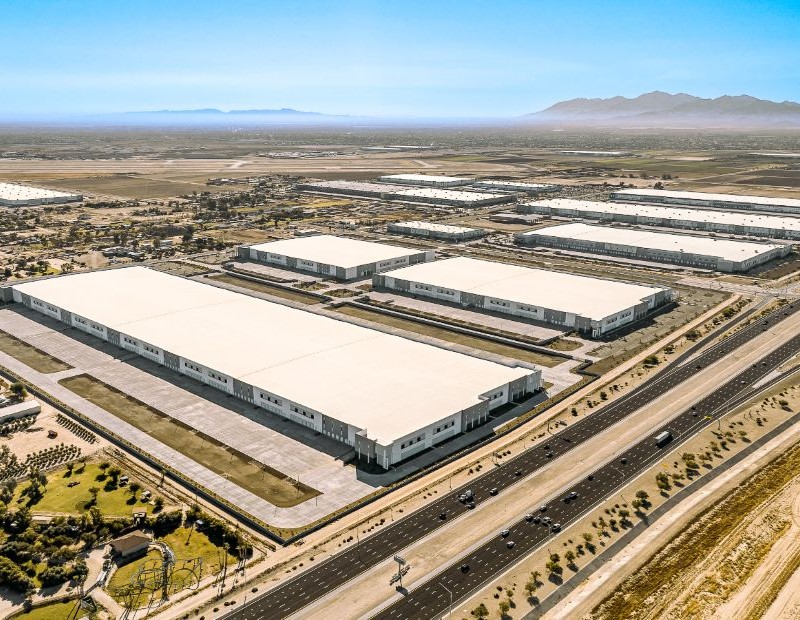
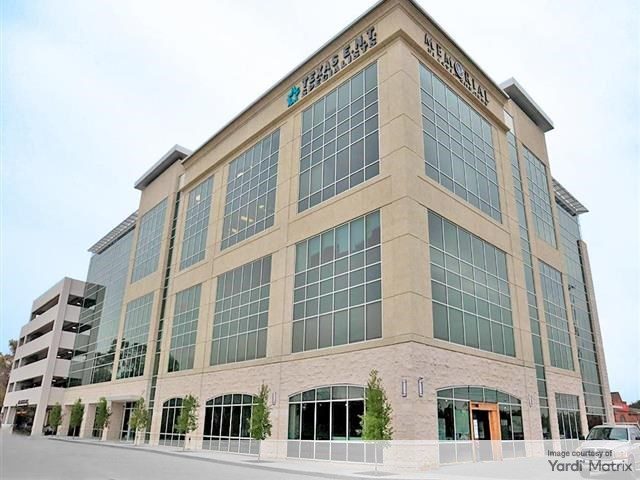
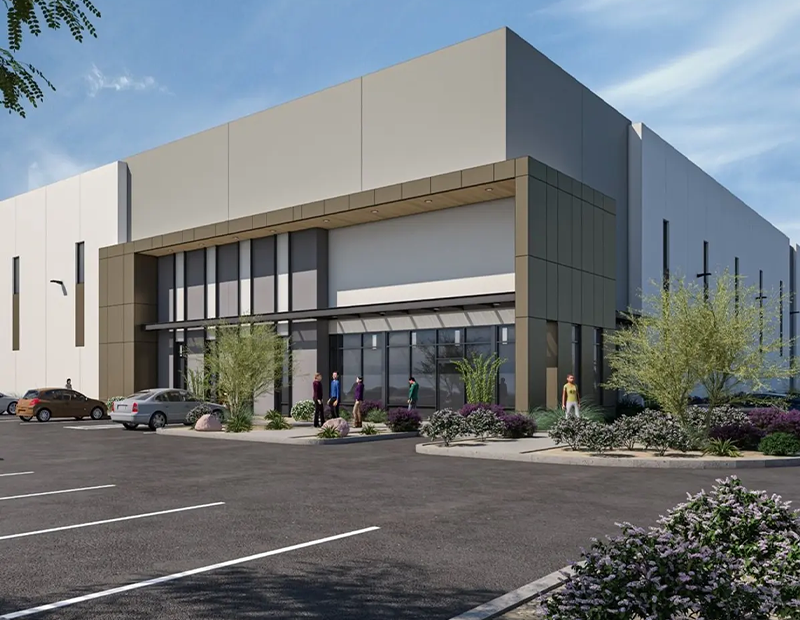
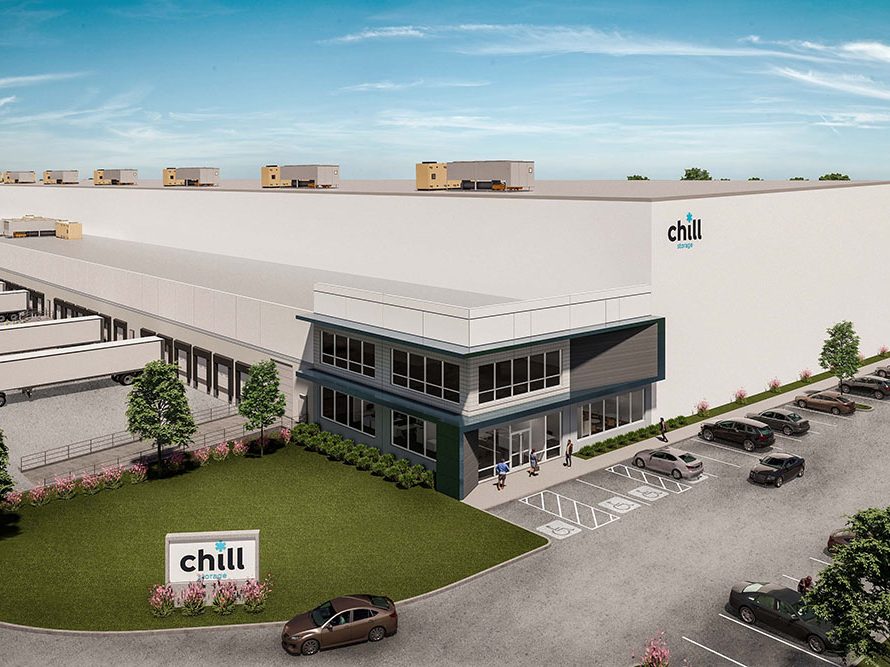
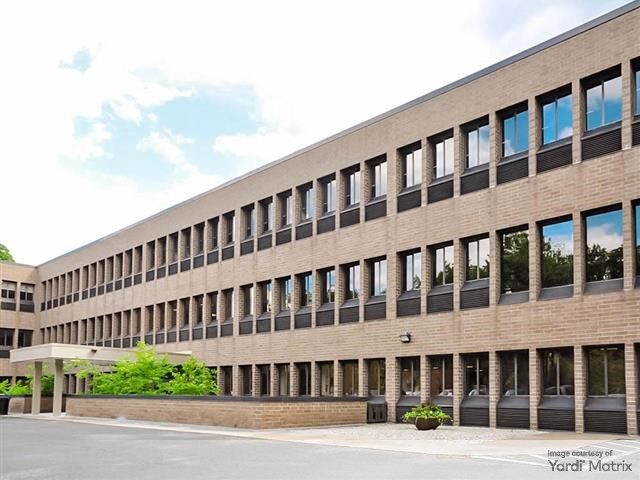
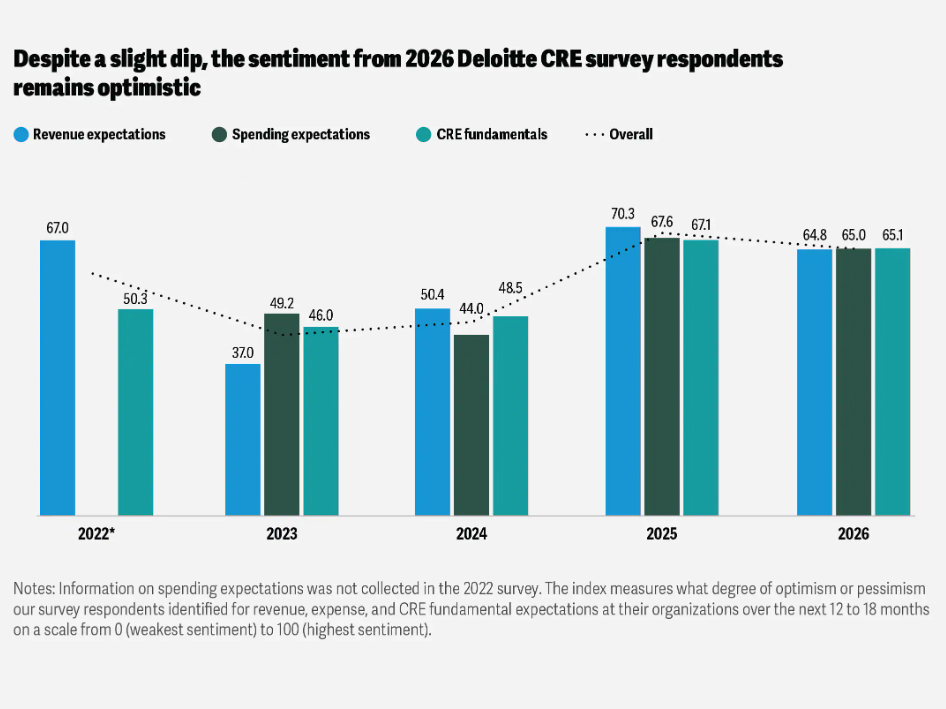
You must be logged in to post a comment.